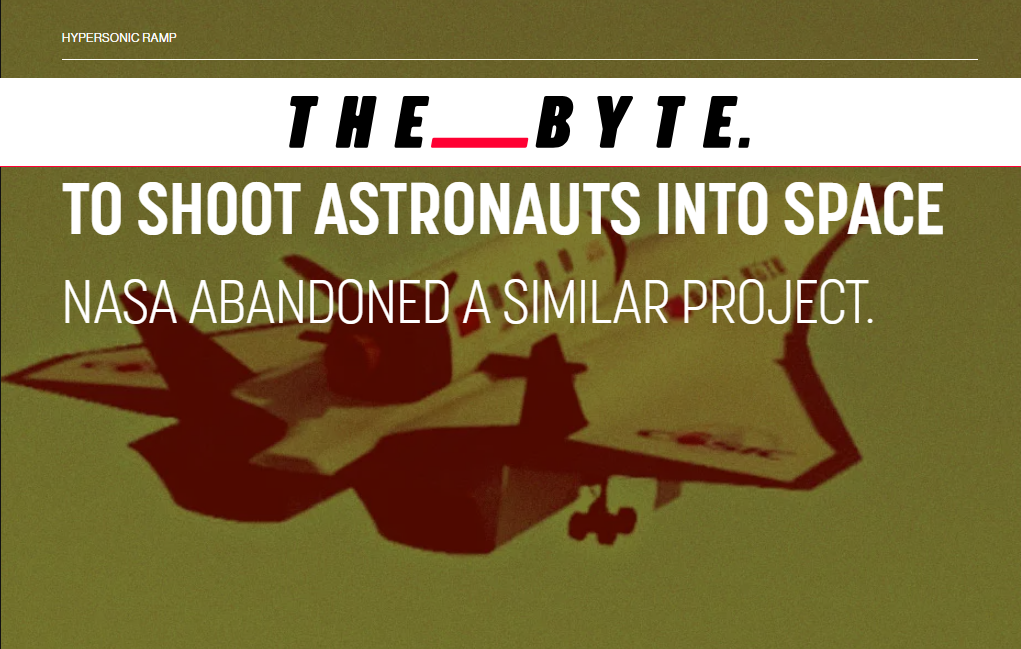China plans to make a giant railgun for launching satellites to orbiters. But what else should it launch?
Jules Verne's novel "From the Earth to the Moon" introduces a giant cannon called "the Columbiad". This giant multi-chamber cannon sent the main characters on a Moon trip in this Victorian-era novel. The cannon couldn't send the manned spacecraft to the orbiter. But the idea remains.
In the 1940's Nazi German researchers tested the multichamber cannon called V-3. The problem was that explosives detonated wrong times in those chambers on both sides of the barrel. The V-3 could shoot the arrow-looking grenade with tail wings to long distances.
Then researchers suggested that NASA could make the long railgun to the side of some mountain. That could allow shoot Pegasus rockets to near the atmosphere's edge. NASA rejected that plan. But now Chinese developers are making that kind of system, that could shoot small satellites to orbiter.
China has developed railgun technology for the navy. And that means this giant railgun has military applications.
But we all know how interesting the Chinese are about spaceborne military applications. Their miniature shuttle is one thing, that can have an ASAT role in the military service. The shuttle is quite similar to the X-37B. It's seen under the Harbin H-6 bomber, but the magnetic railgun can make its operations more effective.
 |
| Wikipedia: V-3 Cannon |
Chinese developers plan to make a giant railgun or electromagnetic accelerator that could launch small satellites to orbiters. The giant railgun is a powerful tool. The idea is the same with particle accelerators. And the difference is that the magnetic accelerator accelerates a small rocket or satellite to the orbiter. Chinese military can use those small rockets as ASAT weapons against other satellites.
The railgun can shoot things like Pegasus-size rockets into near space edge. And there that rocket can ignite its engines. The thing is that the small-caliber railgun makes a new type of military threat to the Western world. The small railgun can shoot similar nuclear grenades used in Operation Upshot-Knothole Grable-test.
The 200-300mm. 15 kiloton nuclear explosive is a hard target for the defense. And the railgun can accelerate them to the intercontinental flight. Another thing is that small hypersonic gliders can also cause problems for western forces.
https://asiatimes.com/2024/03/china-building-giant-hypersonic-railgun-for-space-launches/
https://nationalinterest.org/blog/buzz/chinas-navy-railgun-out-sea-trials-heres-why-it%E2%80%99s-threat-us-navy-40812
https://www.scmp.com/news/china/science/article/3219753/chinas-secretive-spacecraft-returns-earth-after-9-month-mission
https://www.space.com/china-space-plane-depoyed-mystery-objects
https://en.wikipedia.org/wiki/Columbiad
https://en.wikipedia.org/wiki/From_the_Earth_to_the_Moon
https://en.wikipedia.org/wiki/Northrop_Grumman_Pegasus
https://en.wikipedia.org/wiki/Upshot-Knothole_Grable
https://en.wikipedia.org/wiki/V-3_cannon





No comments:
Post a Comment
Note: Only a member of this blog may post a comment.